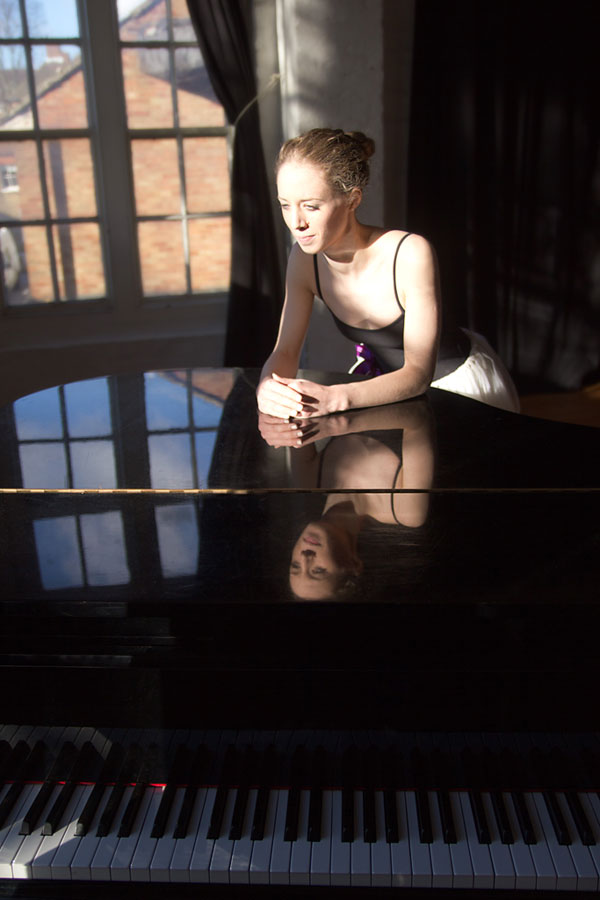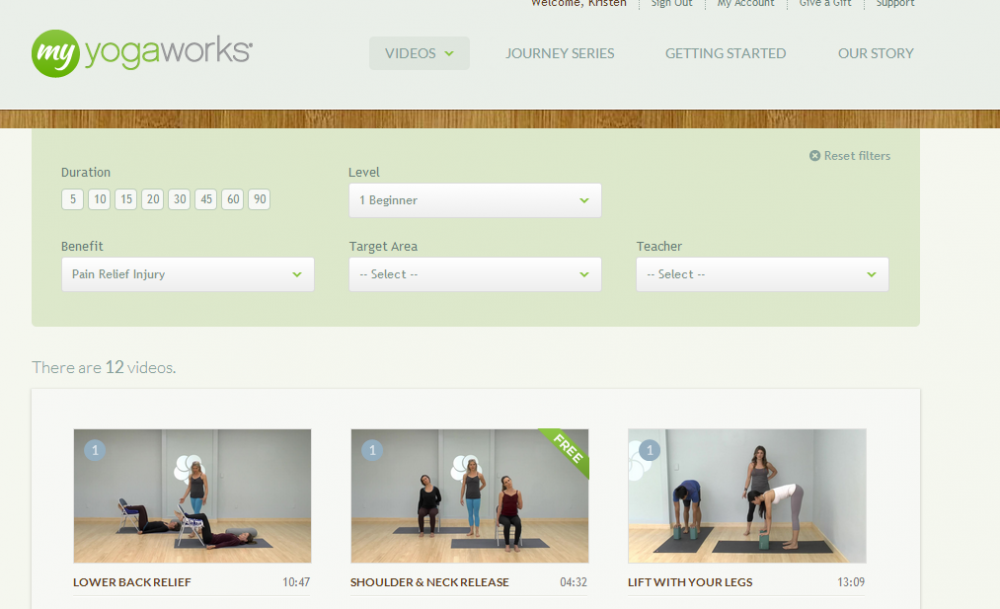Ballerina
baləˈriːnə
A female ballet dancer.
Origin: late 18th century: from Italian, feminine of ballerino ‘dancing master’, from ballare ‘to dance’, from late Latin.
According to the Oxford English Dictionary, if you are a female who dances ballet you are a ballerina. Yet for so long I would protest when my boyfriend called me a ballerina. For two years I would make excuses as to why I wasn’t a ballerina.
Ballerinas are women like Lucinda Dunn and Darcey Bussell. Ballerinas are at the top of their art. Ballerinas started dancing as a child and now as an adult they perform with a company, or are in a school. They have buns in their hair and tights on their legs. They don’t stumble around in football shorts and Bonds singlets. They’re not people in their late 20s who slipped on their first pair of ballet shoes two years previously.
But it says it right there in the OED: a ballerina is a female ballet dancer. A noun for a woman who dances ballet. I’m a woman who dances ballet: I’m a ballerina.
I am a ballerina.
I may be a beginner ballerina or an adult ballerina but I am still a ballerina.
The adjective may change but the noun does not. An aspiring ballerina can become a prima ballerina and finally a retired ballerina. A beginner ballerina can become an intermediate ballerina, maybe even an advanced ballerina. ‘Ballerina’ is the constant.
By choosing to adopt ballerina as the noun, as the core identity, you are free to modify the adjective in front of it.
You are also able to accept or reject the adjectives others place in front of it. A ‘terrible ballerina’ is still a ballerina. And you can elect to change that ‘terrible’ into whatever you choose, whether through words or hard work.
The tendency to put ourselves down, for whatever reason, can hold us back. If we insist that we aren’t ballerinas because of pre-conceived notions of who or what a ballerina is, then we can prevent ourselves from progressing. If we don’t embrace the noun, the identity, ‘ballerina’ then we can’t change the adjective in front of it.
It’s awkward and lacks an identity to refer to yourself as ‘just someone who does adult ballet.’ And it lacks self confidence. Self confidence we need to grow and improve.
In accepting that as a woman who dances ballet you are a ballerina, the same noun that is used by women on stage, you raise your self esteem. The difference between you and the people you look up to becomes only the adjective.
Yes, the adjectives differ greatly but you still share the noun. No matter how negative that adjective is, you still have the noun to hold onto. You still have the noun to turn to when you’re struggling with older, inflexible joints at the barre. You can aspire to change that adjective as you progress in your classes.
Maybe you already call yourself an adult ballerina. The noun is already there so just play around with the adjective from time to time.
Embrace the noun. Accept it as the default identity. Change the adjective to suit the moment.
Go from a beginner ballerina to a better ballerina. Be a ballerina.




